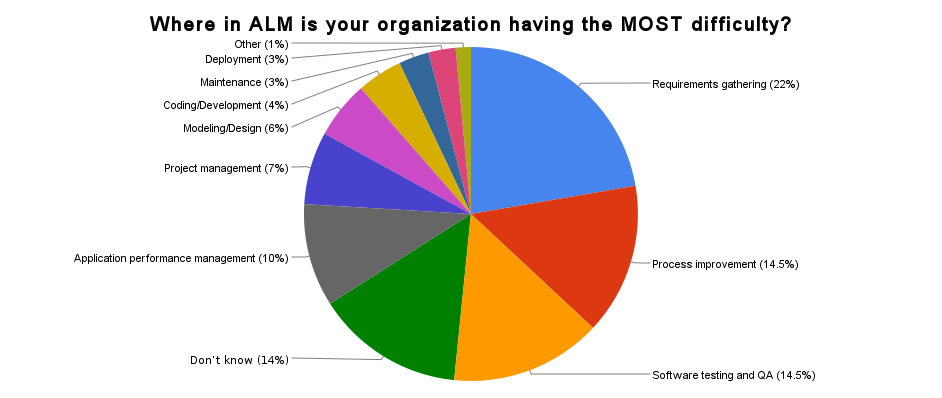According to a Search Software Quality survey of 492 IT professionals, 22 percent struggle most with requirements gathering. Yet the same group said they spend less than 12 percent of their time doing it. Not so at LSI Corp., which probably made some of the storage silicon in the computer you're using right now. "During development phase, we take an idea to 10 choice customers and ask what they think," said Steve Hochberg, senior director of high performance computing at LSI. "We ask where the requirements are going in two years and whether [our idea] meets them. 'Are we headed in the right direction?' "
LSI customers include supercomputing centers at Lawrence Livermore and Oak Ridge national laboratories, and Hochberg said the customer meetings usually involve high-level directors there. "He's got a doctorate in engineering, electrical engineering and maybe one in physics," he said, and the value such customers bring to the requirements gathering phase is immeasurable. "This person, in one head, has the ability to tell us how to construct controller boards and do power efficiency. So we allow them to be uniquely involved in the process."
But customer involvement doesn't end there. The roles of the ALM project manager and his team must adapt to incorporate customers during development, testing and pre-deployment phases. "The last time we released a product," Hochberg said, "we sold a petabyte of storage into Oak Ridge about 12 months prior to it being generally available to an OEM partner." During that time, Oak Ridge provided recommendations on how to improve the product. "They tell us how to tweak the firmware and tune it as it goes along. If they can't get a hand in tuning it along the way, they know they won't get a product that's made for them."
"We have a funnel of innovation that occurs when when we make a product," continues Hochberg. "We involve product managers, product development and there's a formal interactive process with supercomputing end customers and OEMs. They're involved in [all aspects of] the development of our product. It's a group thing." The result is more consistency, on-time delivery and the trust of your end customer. "The more they trust you, the more they will commit to you and buy your products. Because they know that in 18 months, you will come out with what you say."
(chart data source: Search Software Quality)
